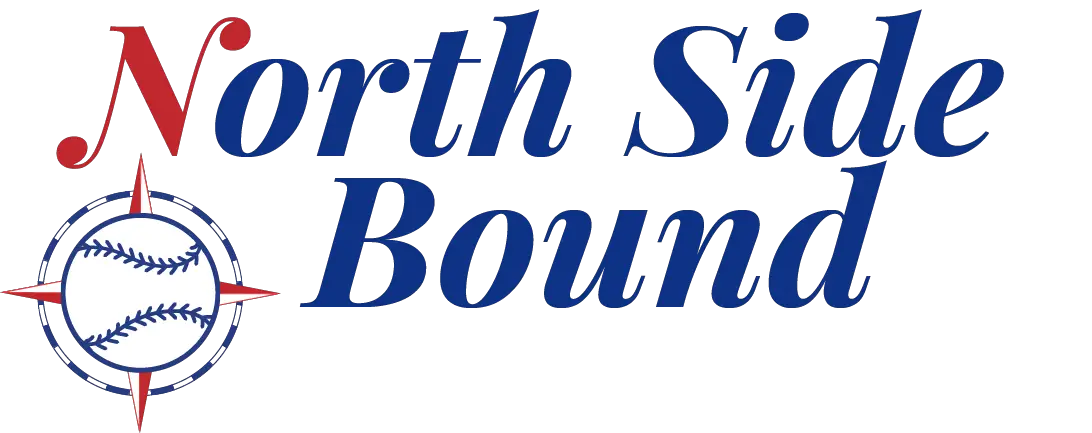By now, you may have come across the incredible story of Brandon Hughes, a left-handed pitcher in the Chicago Cubs system drafted in the 16th round in 2017. It’s a tale that’s worthy of its own deep dive into the background. If you haven’t read this piece by Tommy Birch, it’s well worth your time. In brief, after several years of trying to break through as an outfielder, Cubs officials took Hughes aside and gave him a choice, transition to a pitcher or be released. Facing the bitter reality of the business side of baseball and the ever-looming prospect of the “next man up” vying for playing time, Hughes took on a monumental challenge.
“It kind of came out of the blue. I was playing outfield to start Spring Training, but one day I got called into Jaron Madison’s (Cubs Director of Player Development) office. He told me that there likely weren’t going to many at-bats available for me in Myrtle Beach (A-High) or South Bend (A-Full), and so he asked me if I wanted to become a pitcher.”
Brandon Hughes via Alex Stinson
It’s safe to say that Brandon Hughes rose to the challenge. Armed with a unique fastball, a slider with sweep, and a changeup, Hughes has brought it on the mound. The lefty sports a 1.96 ERA (2.92 FIP), 12.17 K/9, 3.04 BB/9, and a .163 BAA. He was called up to the Chicago Cubs today, a culmination of years of coaching, training, and producing at a high level. His more side-arm delivery adds a challenging angle for hitters.
It has been a long and winding journey for outfielder turned LHP reliever, Brandon Hughes, but forgive me if I’m even more fascinated by where that journey takes him from here.
Let’s dive into his repertoire:
This post would not have been possible without the work of Steven Pappas. His collaboration on this was invaluable and he’s a must-follow if you’re interested in baseball analytics.
Slider:
It has solid sweeping action. Even before the Cubs’ sweeper revolution, Hughes deployed this as his primary offspeed pitch for much of 2021. It dives intowards right-handed hitters, even hitting them on the backfoot. The sweepy slider has generated excellent chase rates from hitters this year and offers an intriguing go-to option immediately in the Chicago bullpen.
Changeup:
This pitch is the one that stands the most to improve. Sitting in the low to mid-80s, it has approximately 7-8 mph separation from his fastball. The movement pattern doesn’t stand out and it doesn’t elicit a high level of chase from batters.
Fastball:
It’s important to note that Hughes isn’t a pitcher that relies on velocity. In fact, his four-seam fastball sits in the low 90s and is below average purely if you look at the radar gun. However, if we are to dig deeper, things get, at the very least, a lot more interesting. This pitch has some serious run to it.
Here are a few brief definitions of pitch movement to consider
Run: Fastballs with “run” have natural movement to a pitcher’s arm side, meaning that if a lefthander threw a fastball with run, the pitch would move away from a right-handed hitter or in towards a left-handed hitter.
Carry or Ride: A four-seam fastball with carry or ride gives the illusion it is moving upwards. An overhand delivery ensures that a pitch can’t defy physics and actually move upwards, but a fastball with nearly perfect backspin will drop less and make it appear it’s moving upwards in the zone. For the analytically inclined, these have high “IVB” -Induced Vertical Break.
How does this apply to Hughes? When compared to pitchers with similar releases in the major leagues, Hughes’ fastball displays solid carry and has significantly more run to it than the rest. Could this be a reason that hitters haven’t been able to square it up despite a lower velocity? It’s very possible. That red dot on the right-hand side is an outlier and while the fastball doesn’t generate elite whiffs, it appears to outperform what you’d project based on the velocity.

Hughes will still need to continue to defy the odds to become a reliever mainstay, but he’s been doing that every step of the way. He offers more than just a unique story in the Cubs bullpen. I wouldn’t bet against him.
Brandon Hughes by Rich Biesterfeld (@Biest22)





